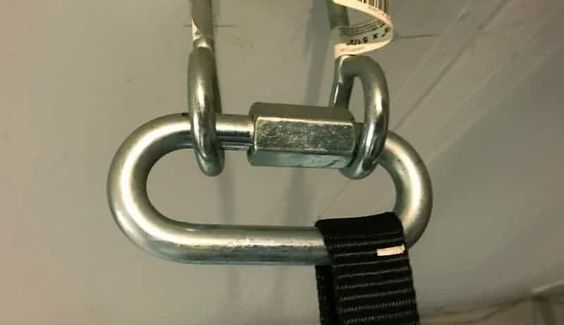How to Use Body Sugaring Paste: 14 Steps

Laptops have become an essential part of our daily lives – from work and entertainment to education. But what happens when your laptop suddenly refuses to charge? Before you panic and rush to a repair center, there are a few things you can try to fix the charging problem yourself. Here are three ways to resolve laptop charging issues.
1. Inspect the Charger and Cable
Cables and chargers are often the primary cause of charging problems. Examine the charger, power brick, and cable for any visible damages, such as frayed wires, bent prongs, or cracks in the insulation. If you notice any damage, it’s time to replace the charger.
Remember that not all chargers work with every laptop model, so make sure you’re using the correct one for your specific device. It’s also a good idea to test the charger with another laptop or try a different charger with yours to determine if the issue is truly with your charging equipment.
2. Check the Power Outlet and Connections
Sometimes the simplest solutions can bring success, which is why it’s essential to check if your power outlet is functional. Plug in another device to check if it is receiving power from the wall outlet. In case there is a problem with the outlet, unplug your laptop immediately and look for an alternative source of power.
Another factor we may overlook is whether the charger is connected correctly to both the laptop and power source. Make sure all connections are secure. Additionally, plugging your laptop directly into a wall socket instead of an extension cord can make a significant difference in some cases.
3. Examine and Reset Your Laptop’s Battery
Manufacturers design modern laptops with removable or integrated batteries. For removable batteries, gently turn over your laptop and locate the battery release latch – then slide it while holding down any security locks that may be in place. Once removed, check for visible damages or swollen cells and ensure that there are no loose connections around the battery area.
For integrated batteries, you may have to open your laptop’s back panel to access the battery. Always refer to your device’s user manual or seek professional assistance to avoid damaging your laptop.
In both cases, try resetting the battery by unplugging it from the laptop for a few minutes and then connecting it back. If everything appears in order, reinsert or reconnect your battery, plug in your charger, and power on your laptop.
Conclusion
If none of the methods above resolve your charging issue, consider seeking professional help. However, these simple troubleshooting steps can save you time and money when encountering common laptop charging problems. Always remember that prevention is better than cure: ensure regular cleaning of sockets and vents, use a surge protector to prevent damage from power surges, and take care of your charging equipment.






